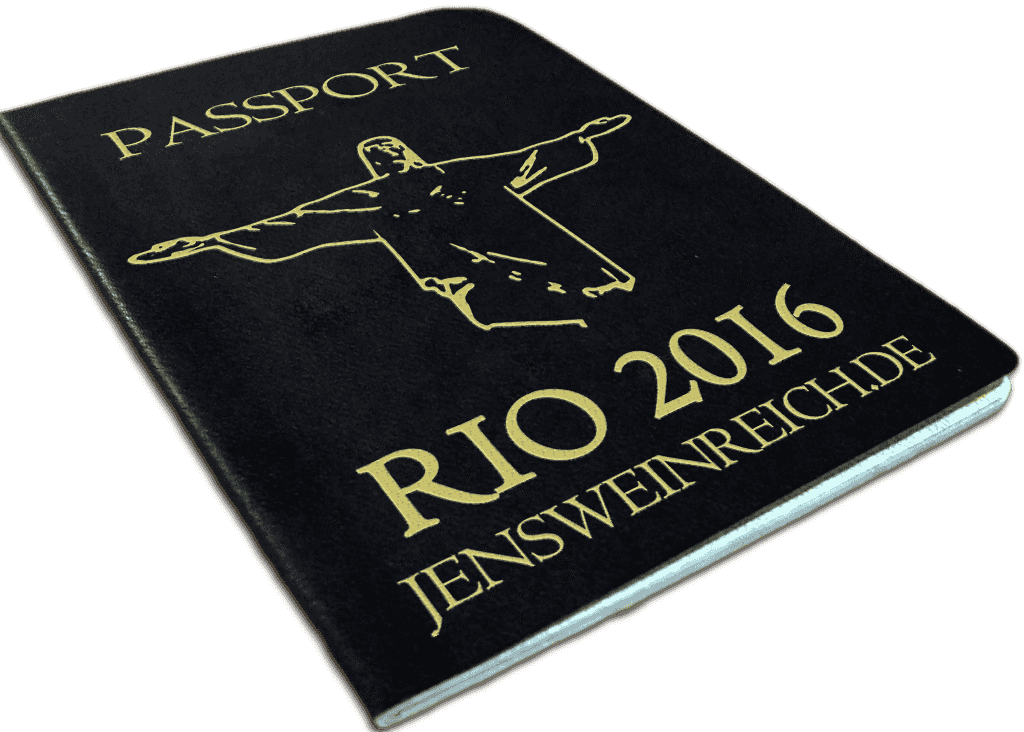Child athletes are too valuable for the Olympic system to set age limits
The Olympic Games thrive on high-performing children – some of them so young that they are not even allowed to compete in the Youth Olympic Games. Jens Weinreich discusses why it is so hard for Olympic sports federations to set age limits and shows how it leaves child athletes vulnerable to authoritarian states chasing medals and sport glory. (First published by Play the Game)
The doping case of Kamila Valieva has raised questions about a minimum age for Olympic athletes. Again. The age rules are defined very differently in the seven Olympic winter sports federations. It is no different among the summer sports federations. Age regulations sometimes differ even within these federations, depending on the sport, discipline, or gender. In the International Skating Union (ISU), a proposal to raise the minimum age in figure skating from fifteen to seventeen years failed most recently in June 2018. Of course, at the ISU congress at the time, the Russians also voted against this proposal.
The International Olympic Committee (IOC) introduced the Youth Olympic Games (YOG) at its 2007 Session in Guatemala. Why are there these global competitions called YOG, when at the same time children participate in – how shall we say: real – Olympic Games? Why is there so little coordination? Why has not even the IOC, as the sole owner of these circus events, reminded us of these Youth Games in the bitter discussions of the past weeks?

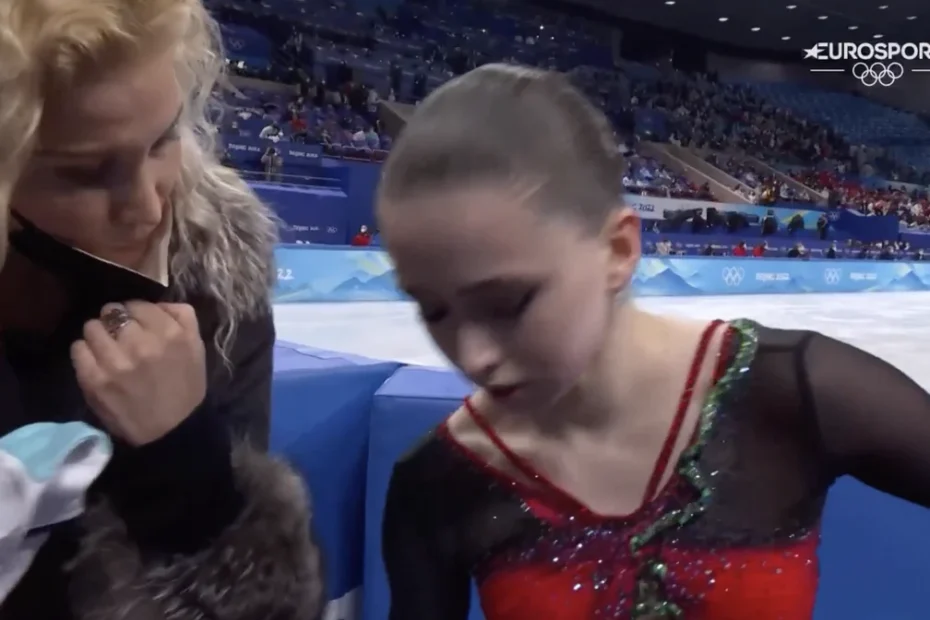
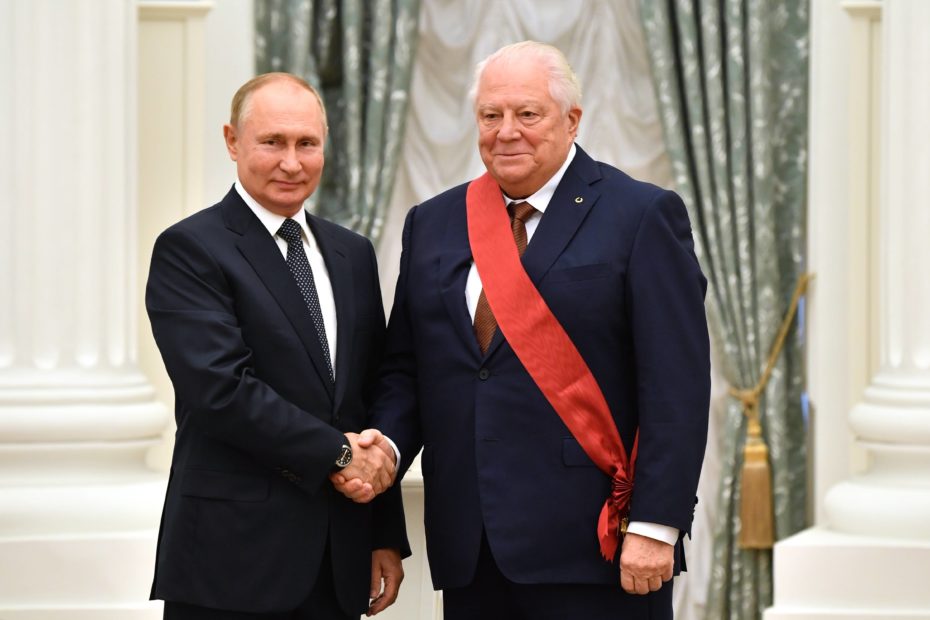
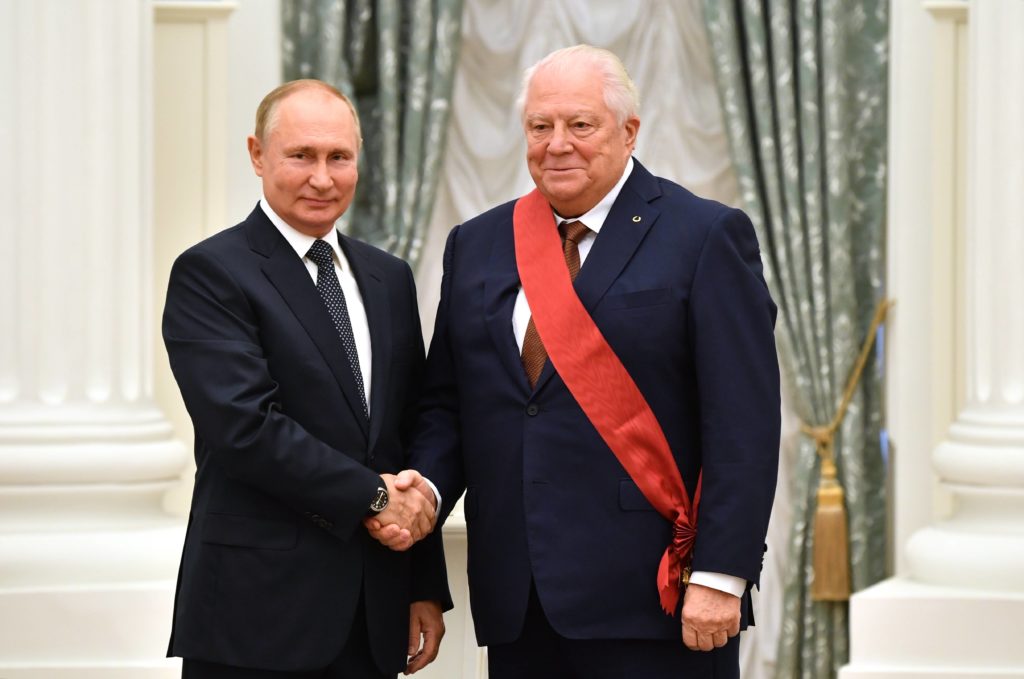
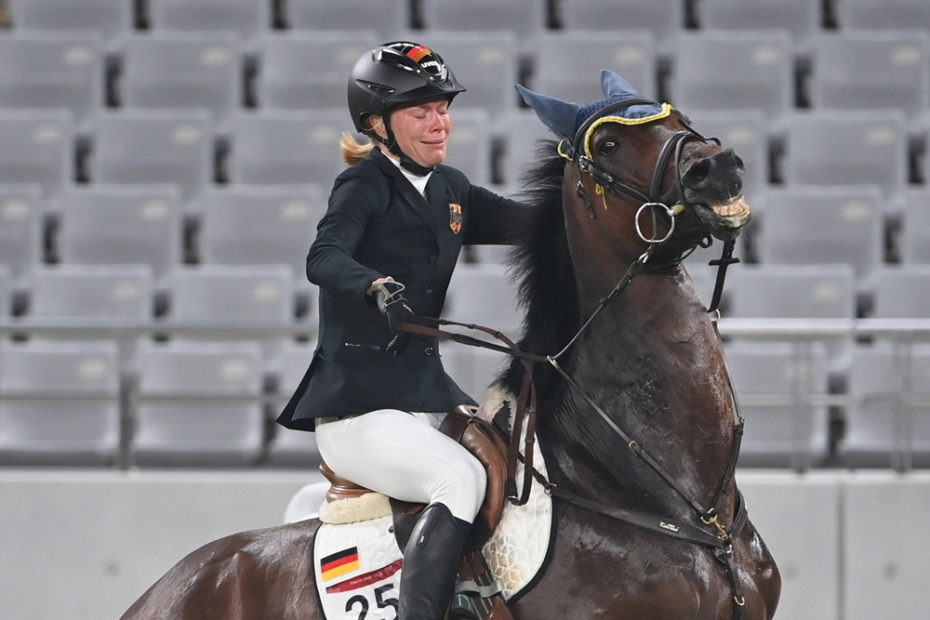
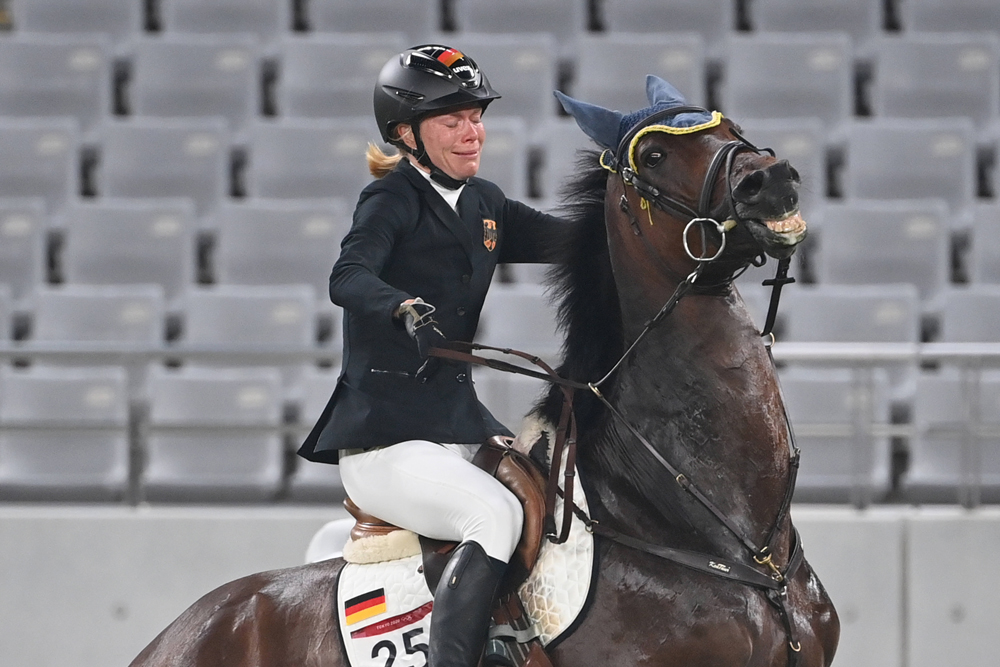
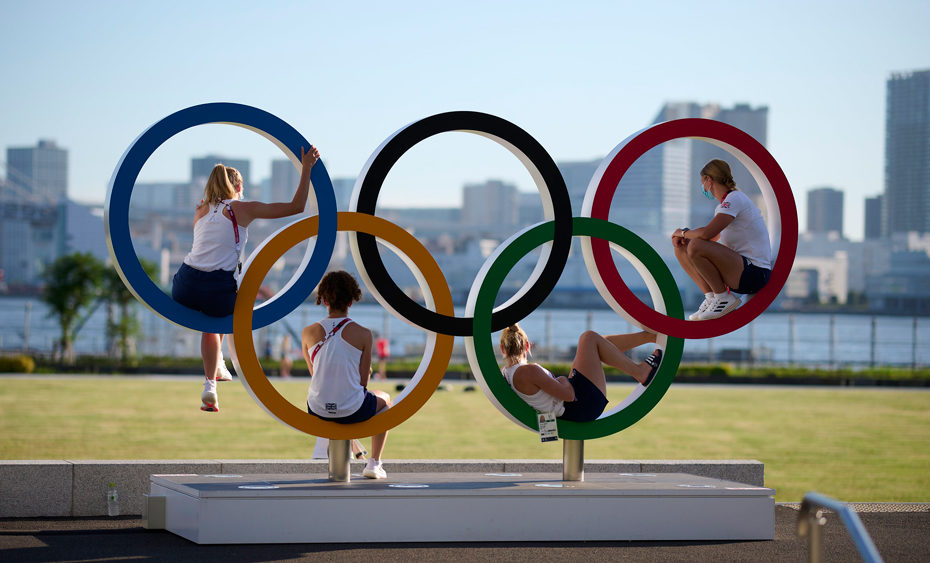
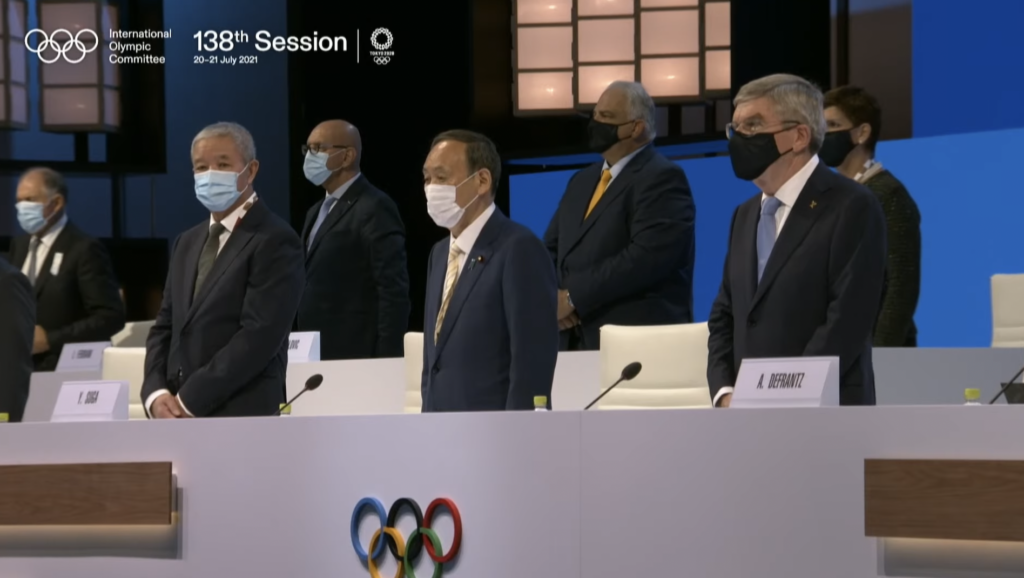
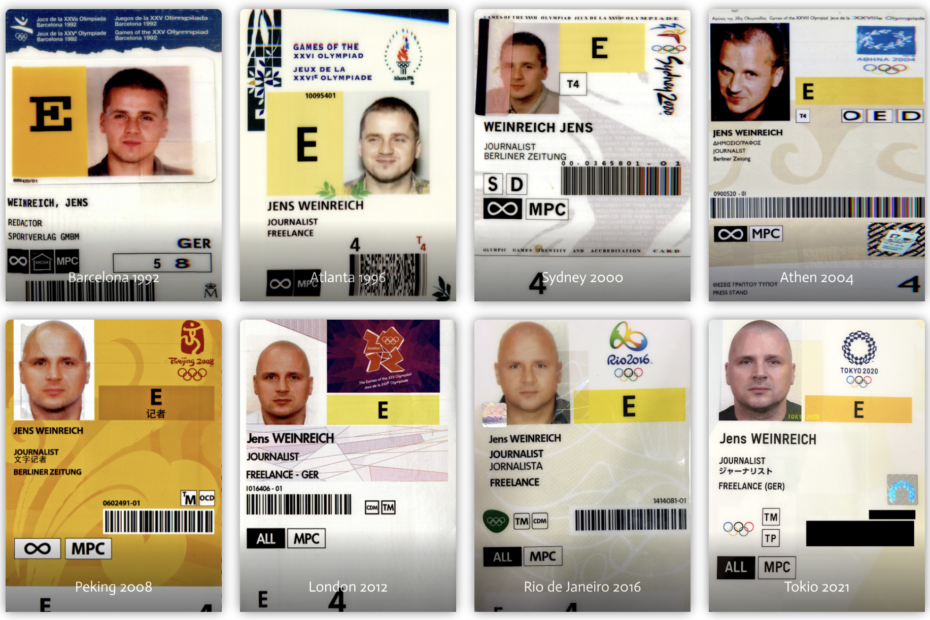
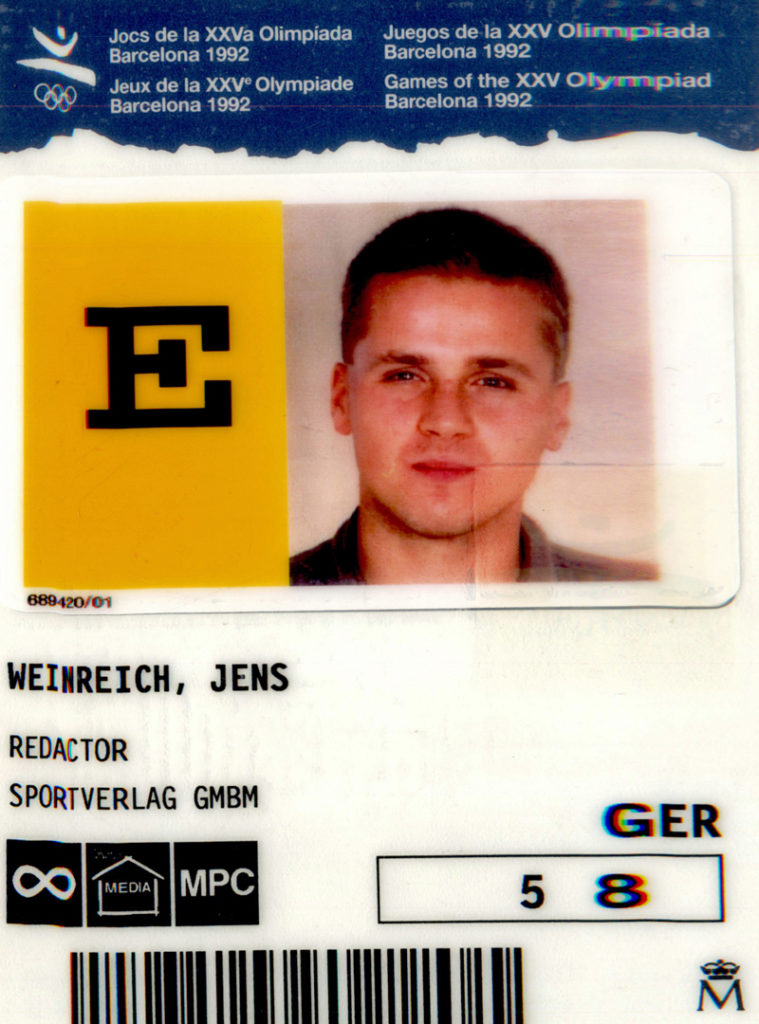
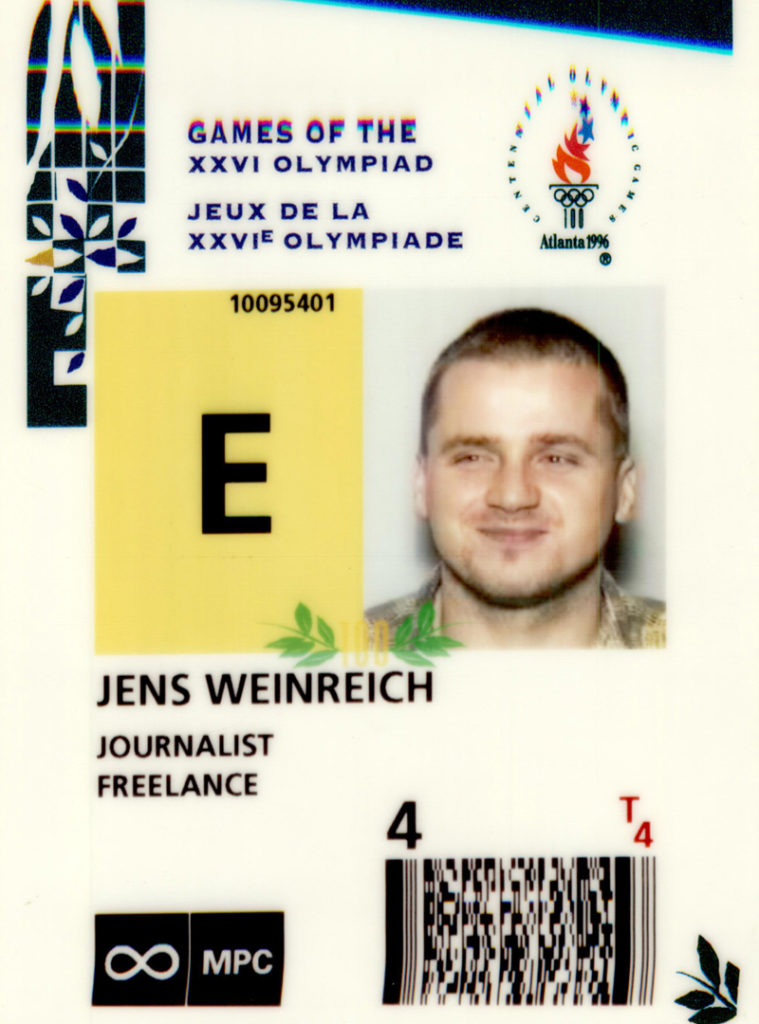
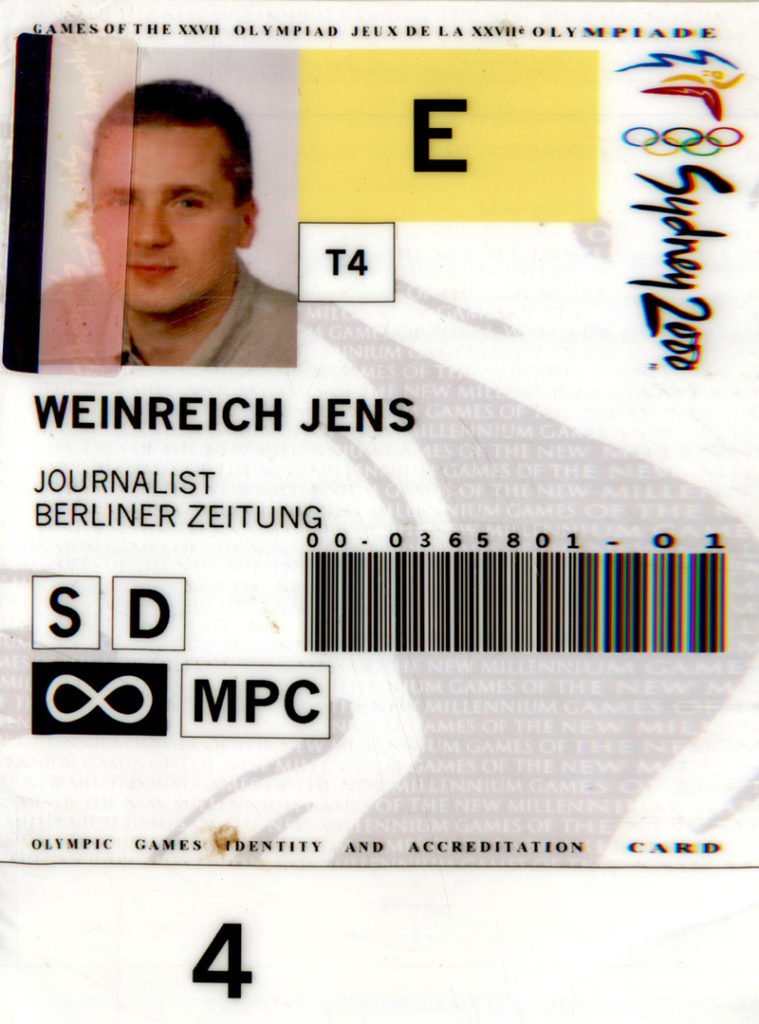
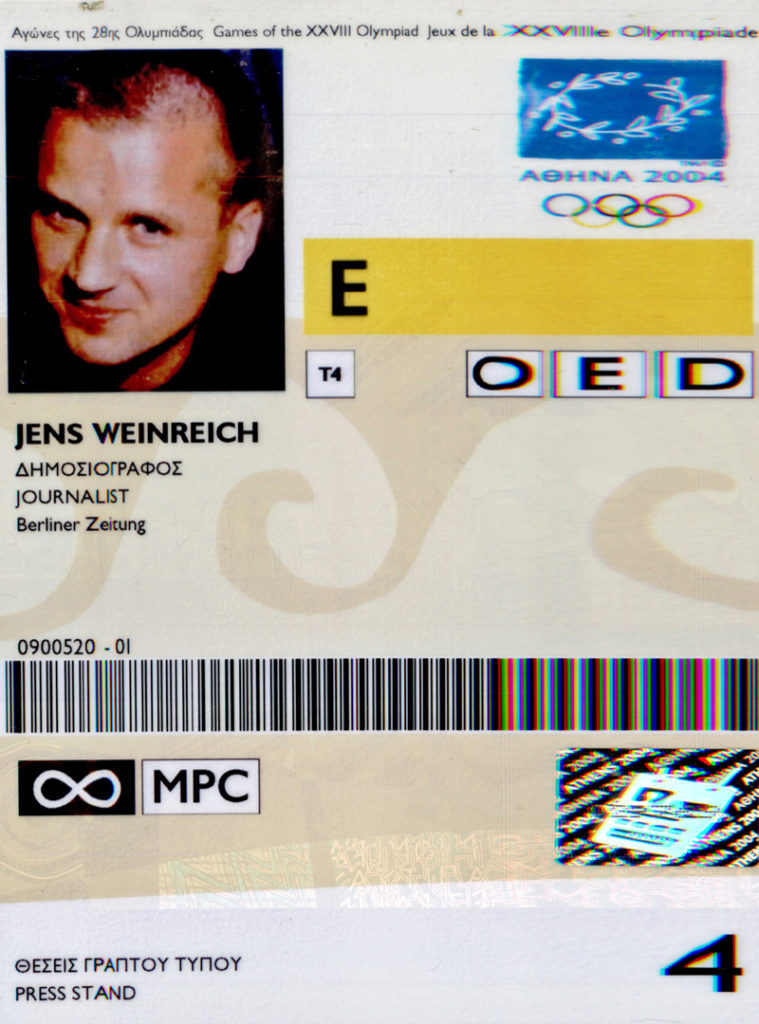
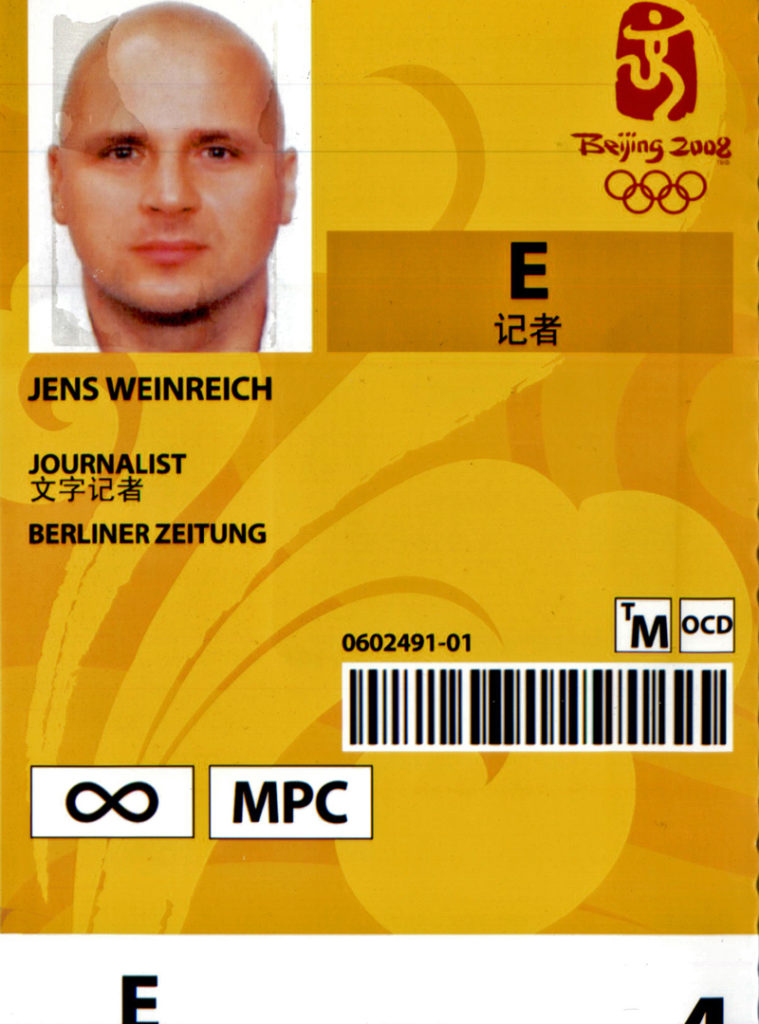
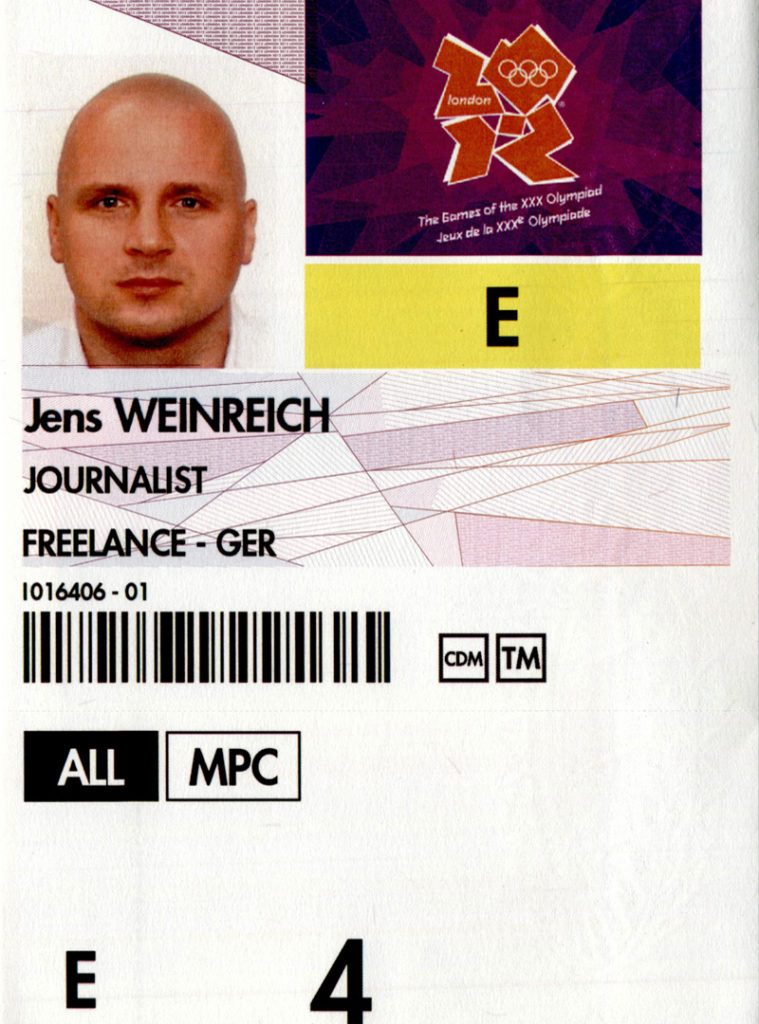
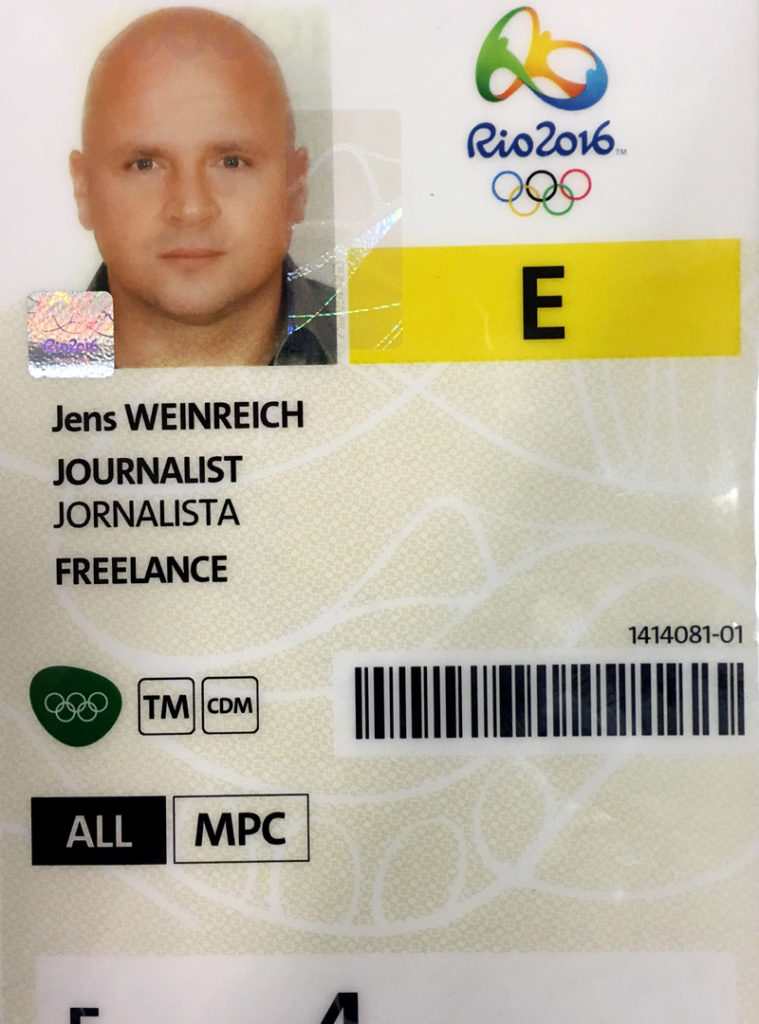
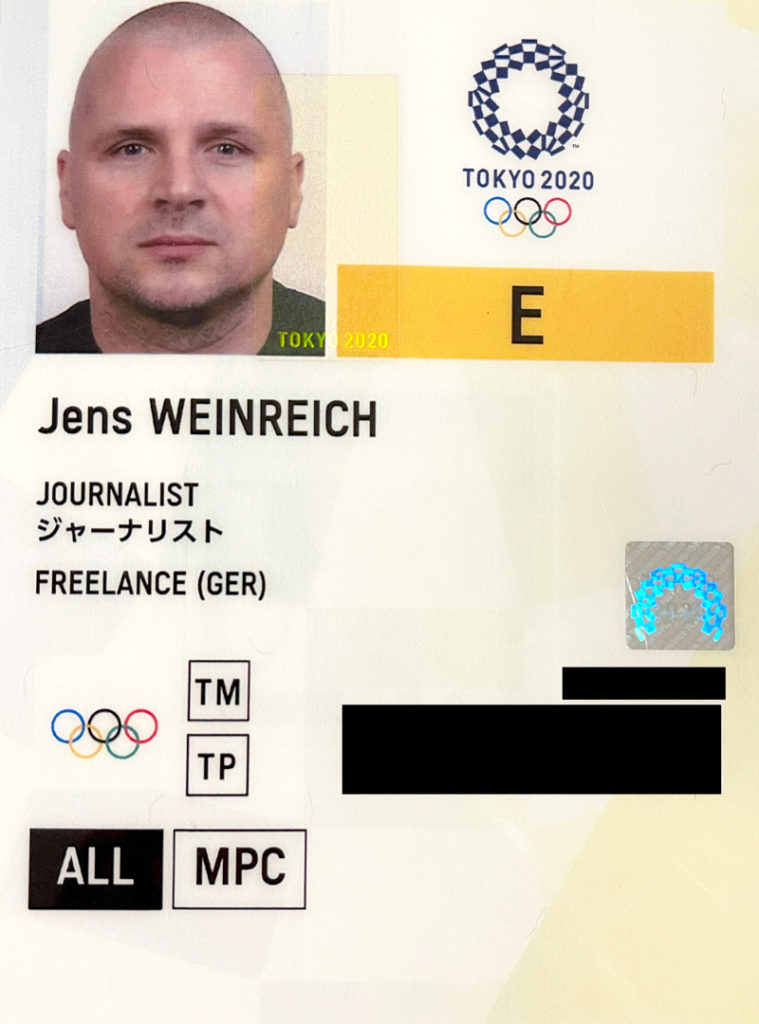
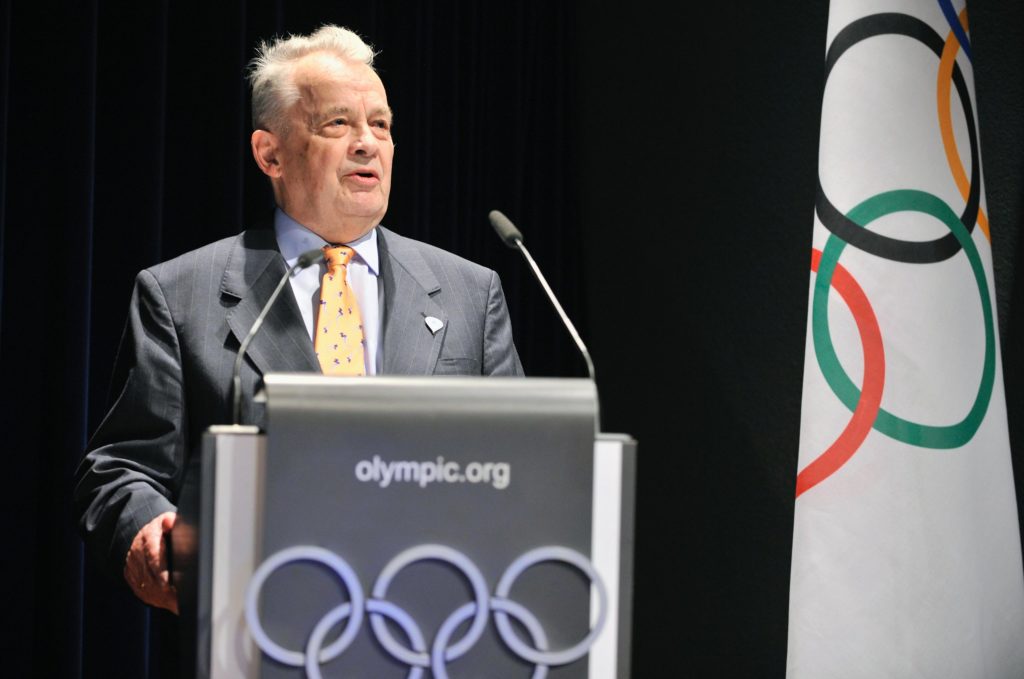
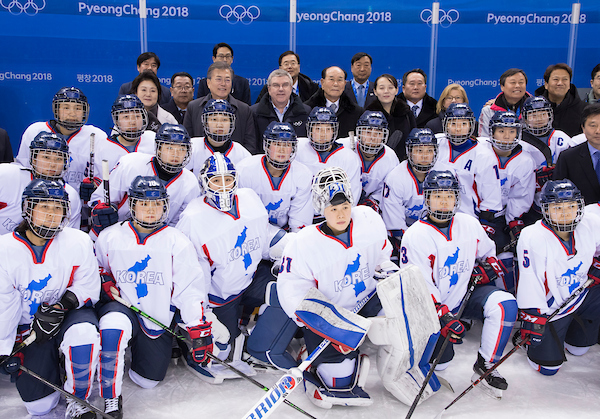 IOC President Thomas Bach visits the women’s Ice Hockey. (Photography by Greg Martin/IOC)[/caption]
IOC President Thomas Bach visits the women’s Ice Hockey. (Photography by Greg Martin/IOC)[/caption]
